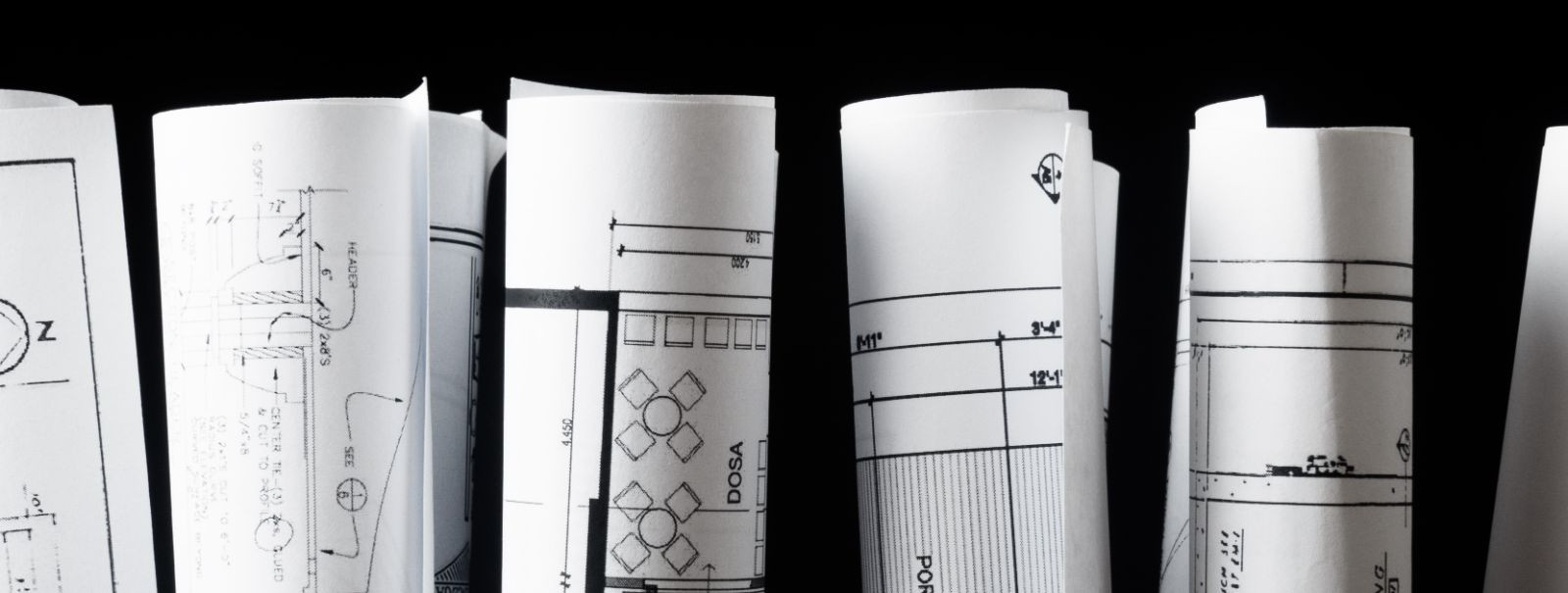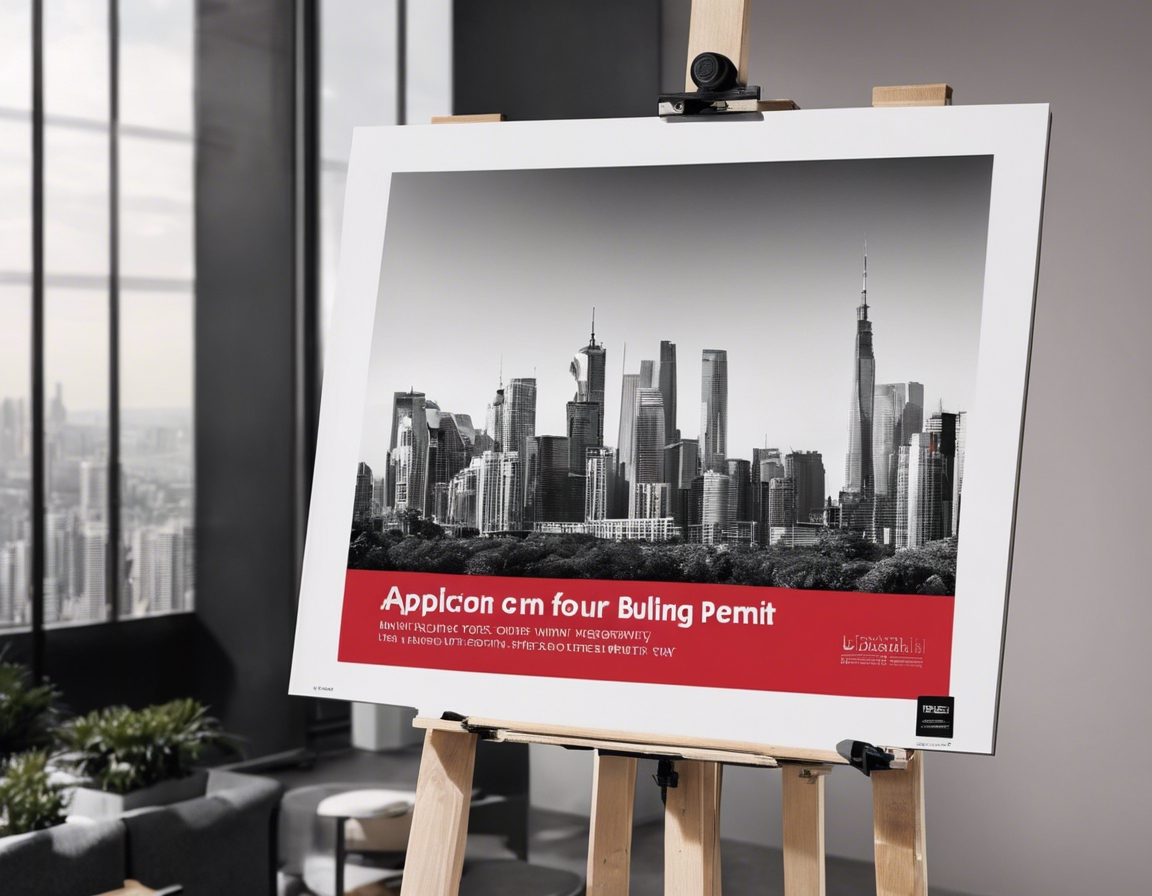5 steps to a successful building permit application
Building permits are a critical aspect of the construction process, ensuring that structures are safe, compliant, and in harmony with community standards. They serve as a formal permission from local government authorities for the construction, expansion, or alteration of buildings within their jurisdiction.
Generally, a building permit is required for new constructions, major renovations, structural changes, and sometimes even for certain types of repairs. It's essential to check with your local building department to understand the specific requirements for your project.
Step 1: Preliminary Research and Due Diligence
Before embarking on any construction project, it's important to understand the local zoning laws that apply to your property. These laws dictate the types of structures that can be built, their sizes, and their uses.
Engaging with architectural design professionals, like those at HELEN-PROJEKT OÜ, can provide invaluable insights into the permit process and help ensure that your plans are compliant with local regulations.
Step 2: Preparing Your Application
Detailed plans and drawings are the cornerstone of a successful building permit application. They must accurately represent the proposed construction and demonstrate compliance with building codes.
Alongside plans and drawings, you'll need to compile a range of documentation, including property deeds, site plans, and sometimes even proof of insurance.
Step 3: Submitting Your Application
Each local authority has its own submission requirements. It's crucial to familiarize yourself with these to ensure a smooth application process.
Submitting your application typically involves filling out forms, paying fees, and providing the necessary documentation. It's important to keep copies of everything you submit for your records.
Step 4: The Review Process
After submission, your application will undergo a review process where officials will scrutinize your plans for compliance with local codes and regulations.
If the authorities require changes, it's important to respond promptly and make the necessary revisions to your plans. This may involve additional consultations with your design team.
Step 5: Receiving Approval and Next Steps
Once your application is approved, you'll receive your building permit, which typically outlines conditions and inspections that must be met during construction.
With the permit in hand, you can begin planning for construction. It's important to schedule inspections as required to maintain compliance throughout the building process.






Comments (0)